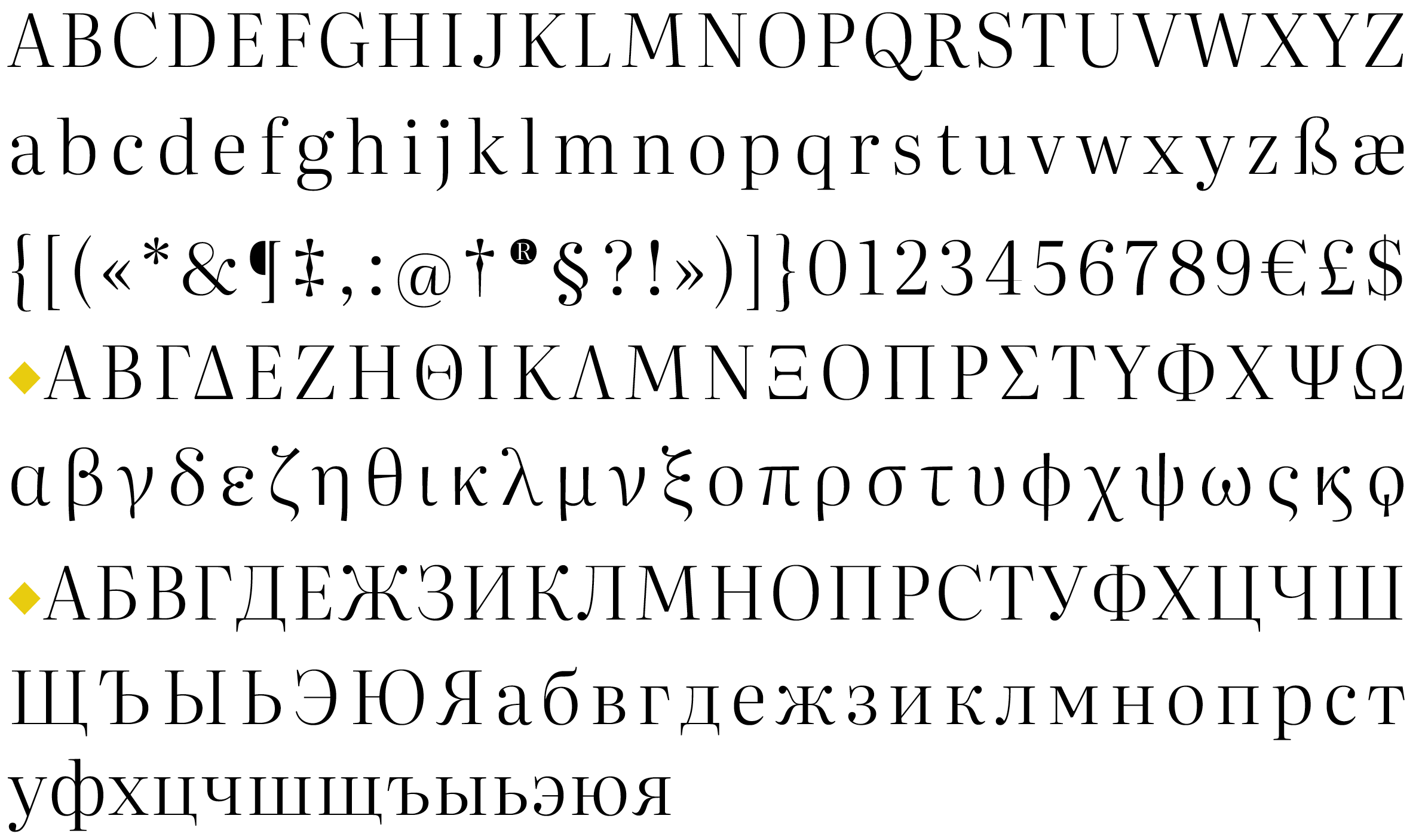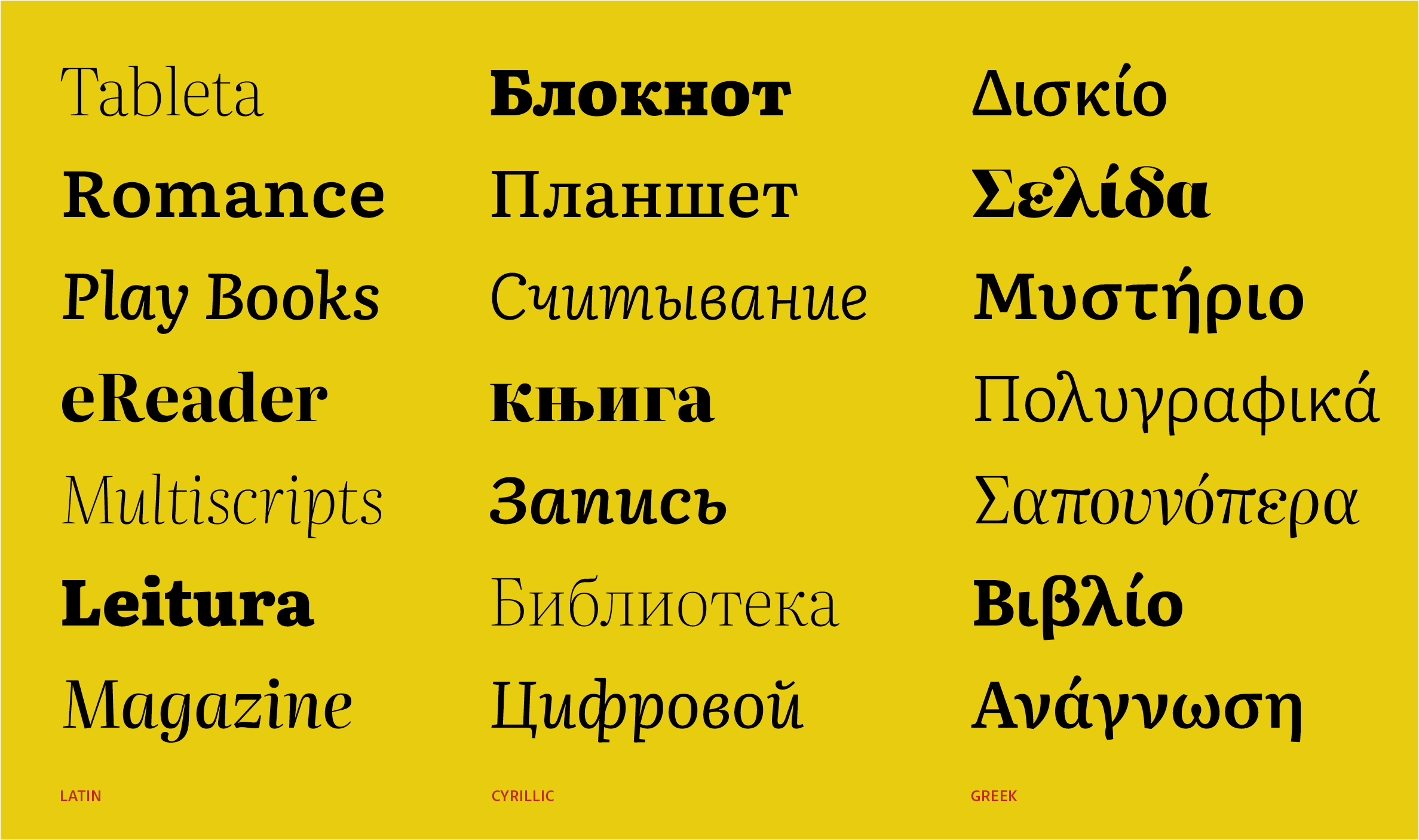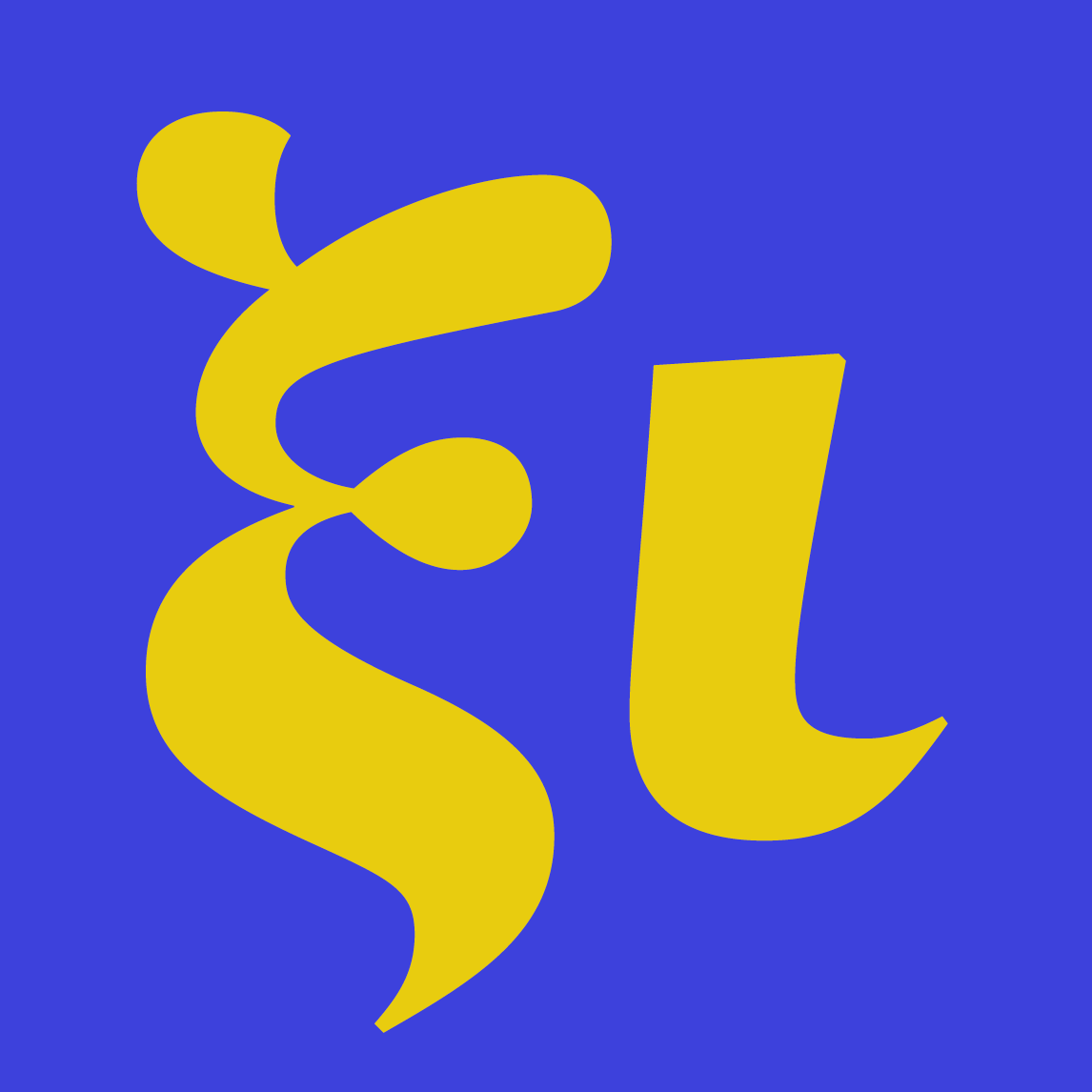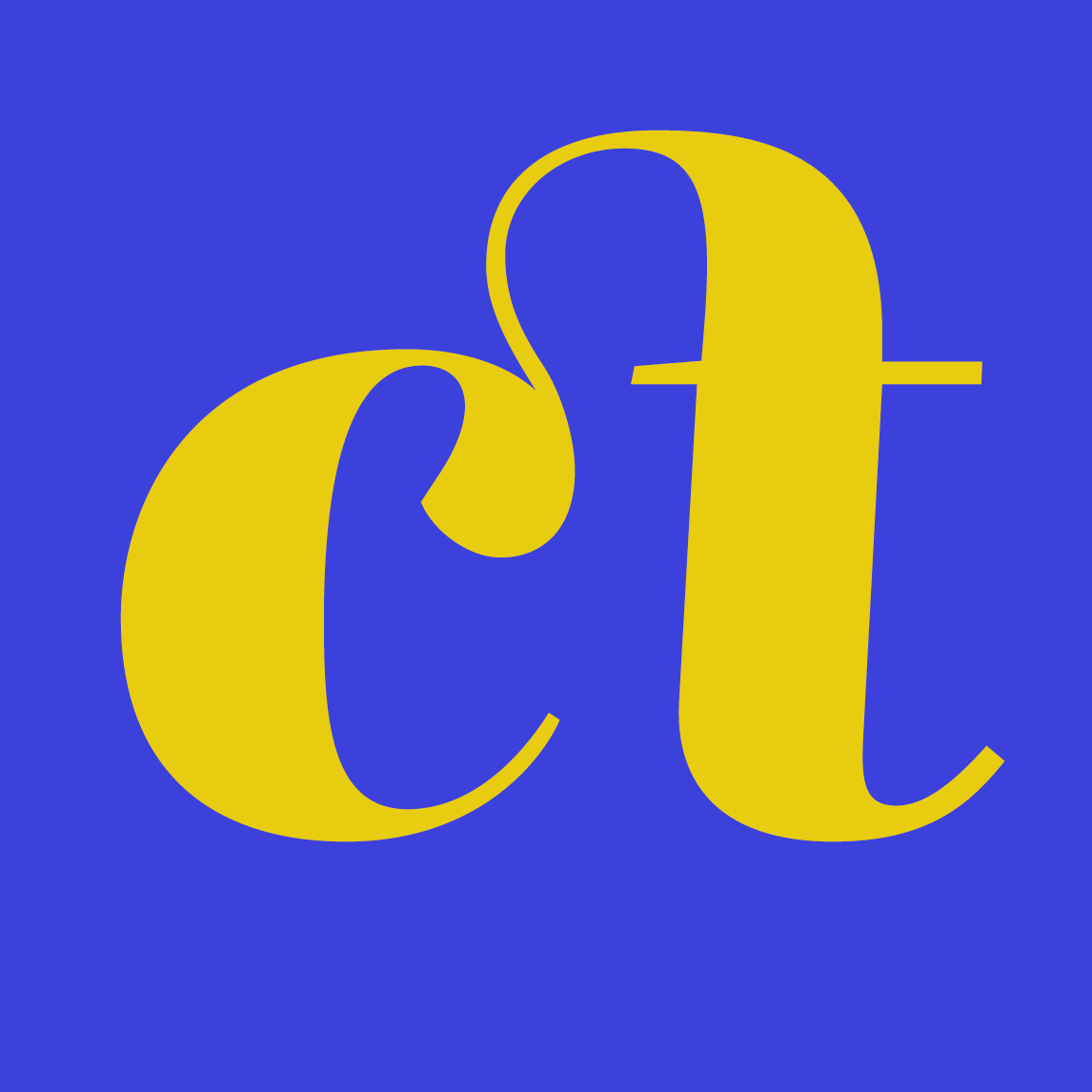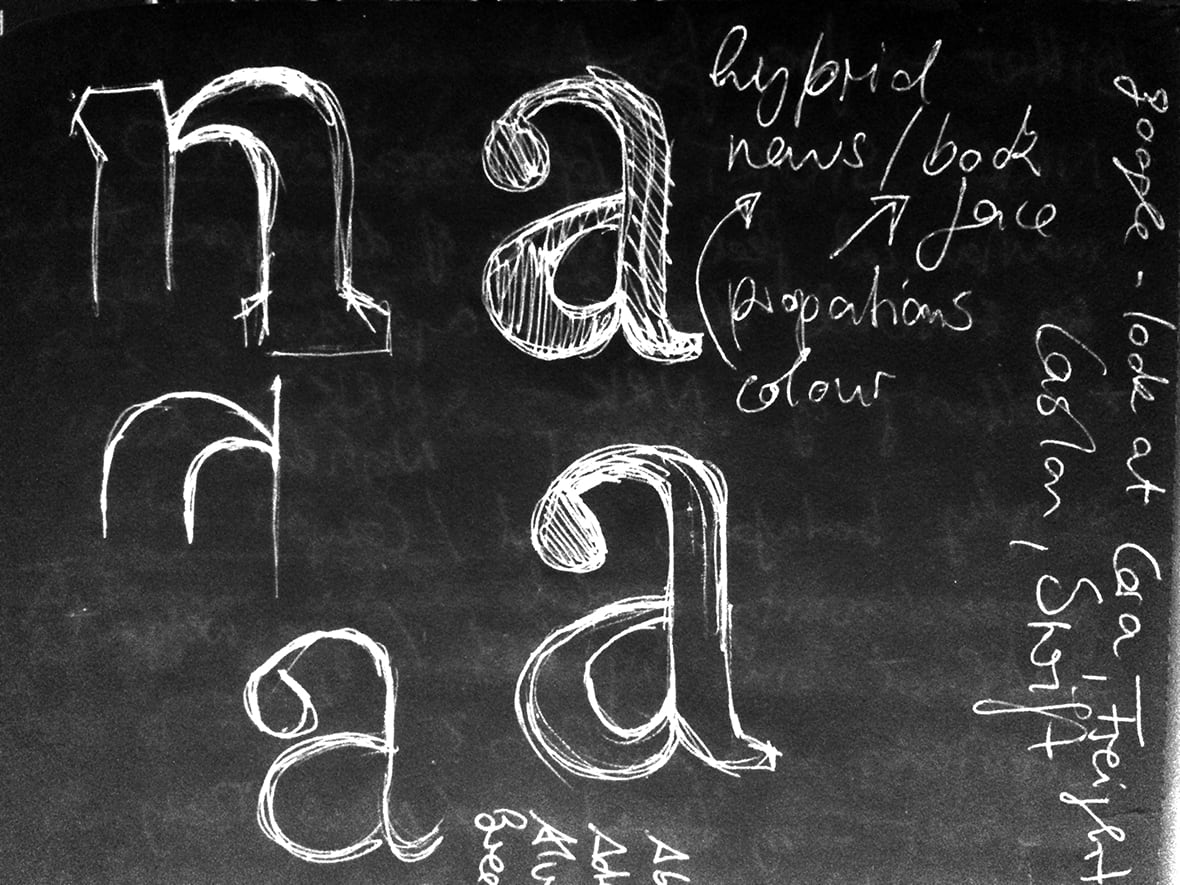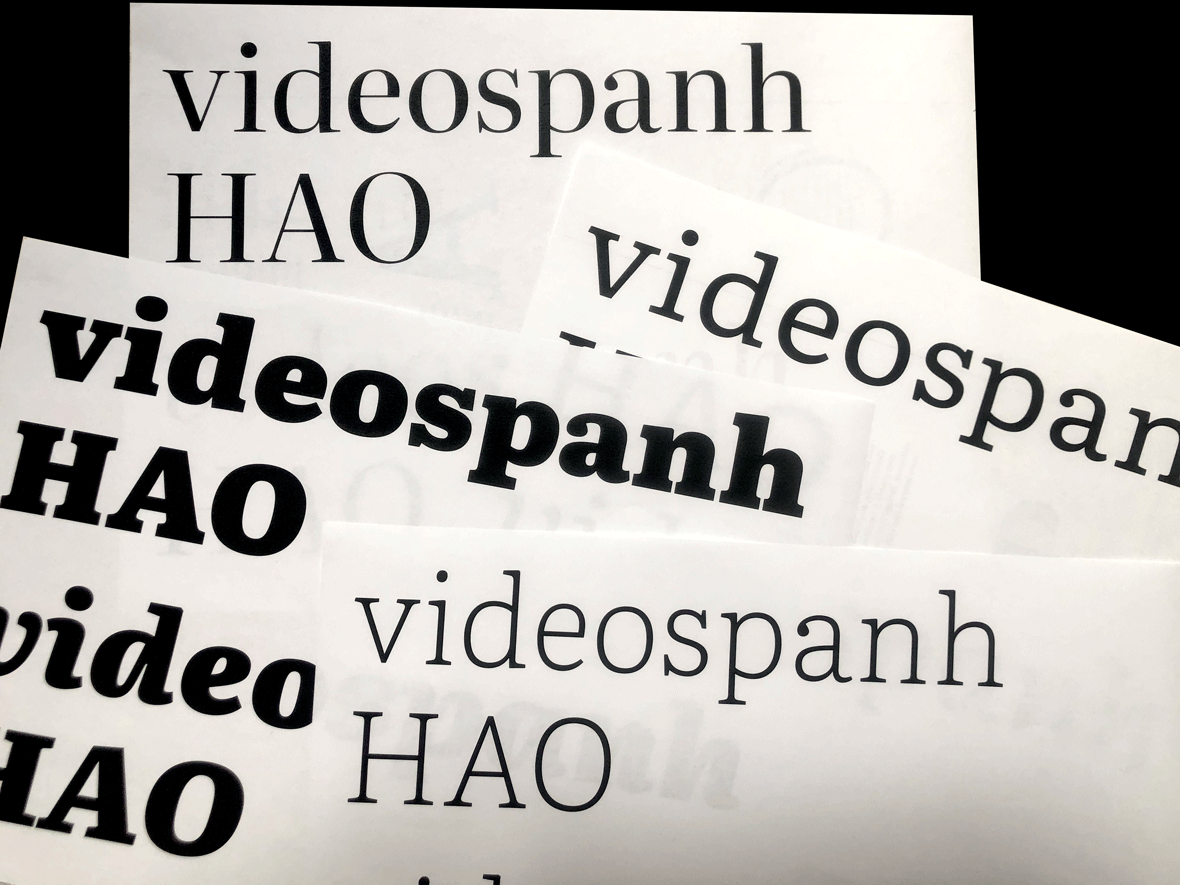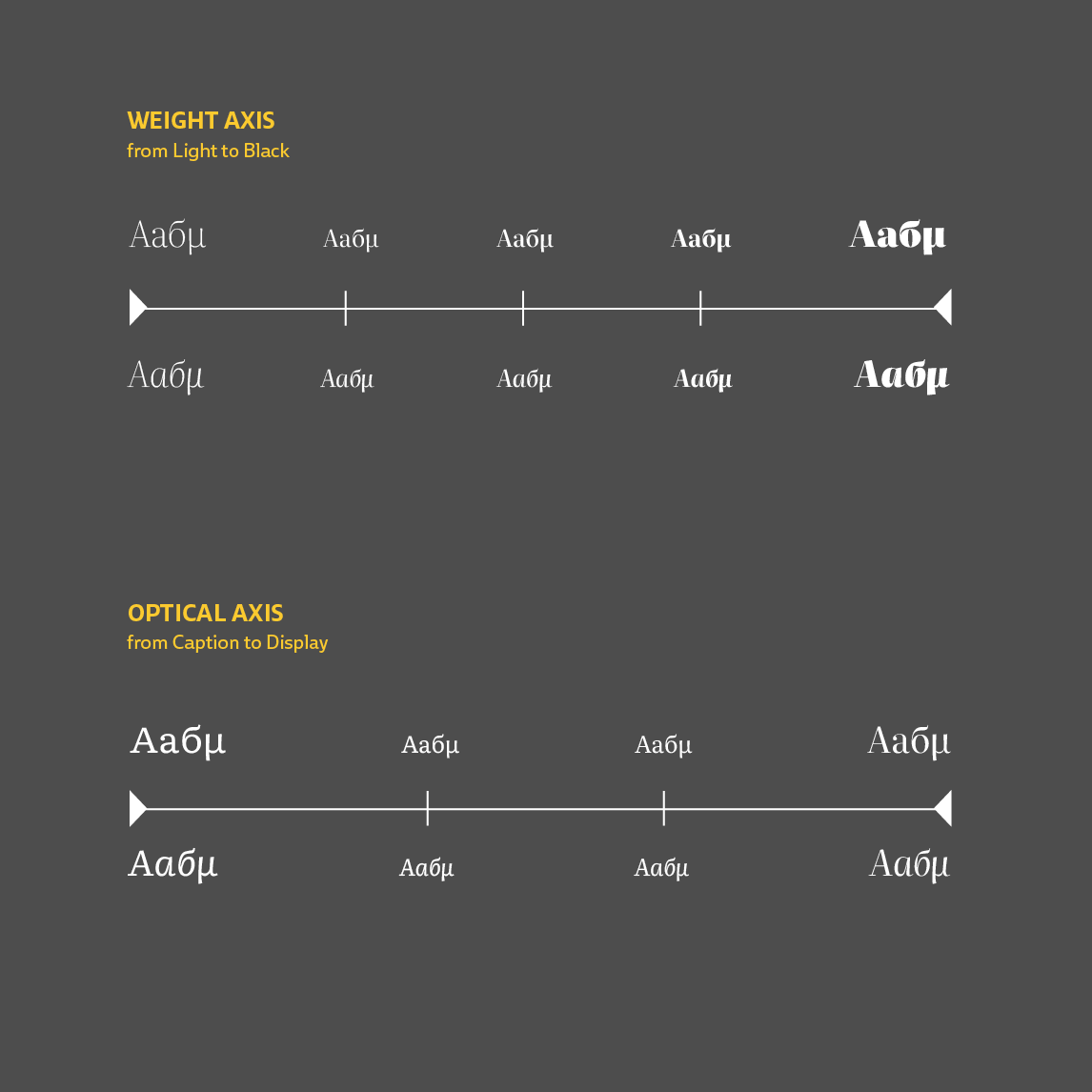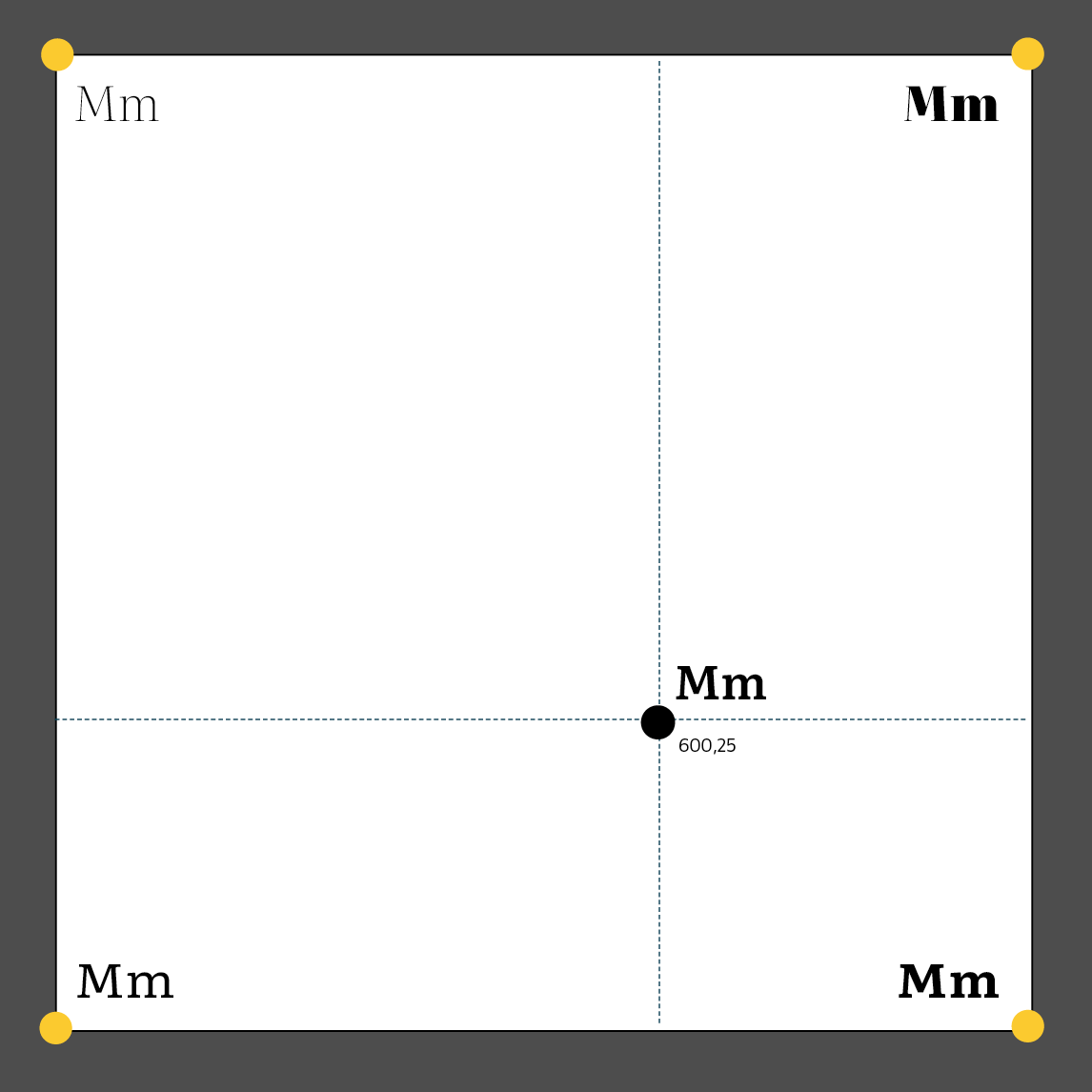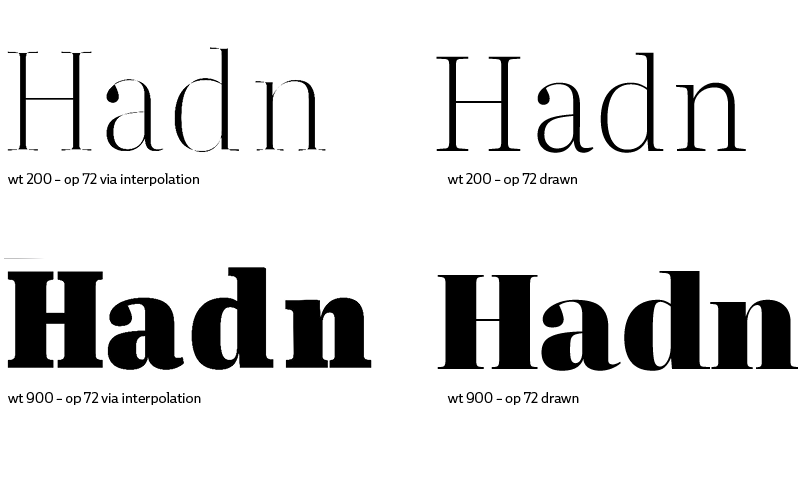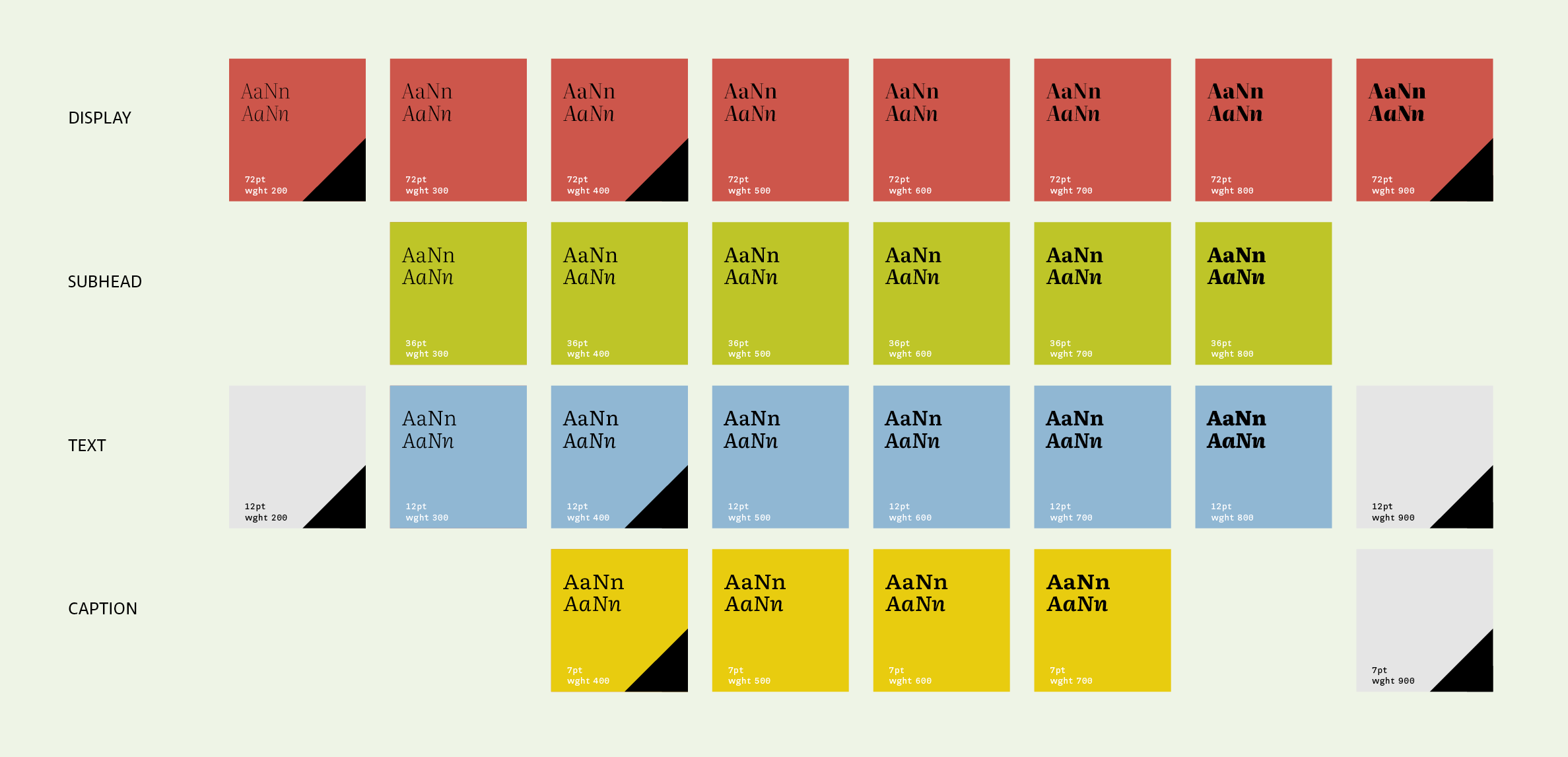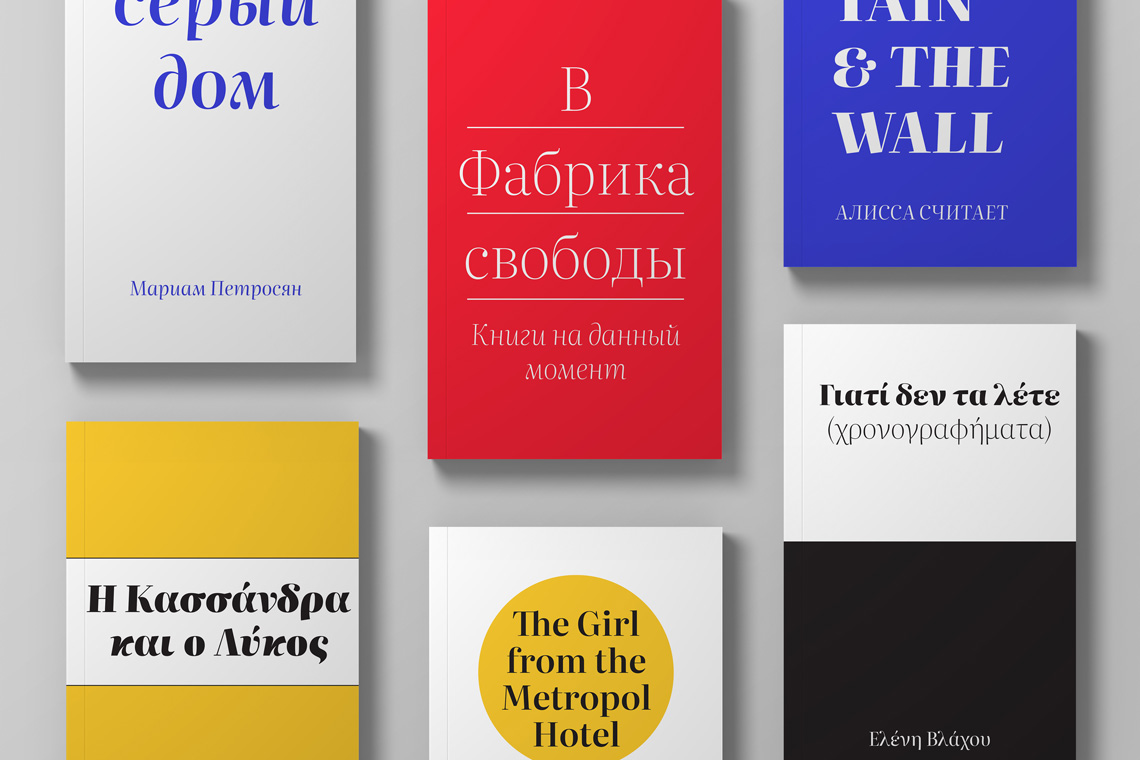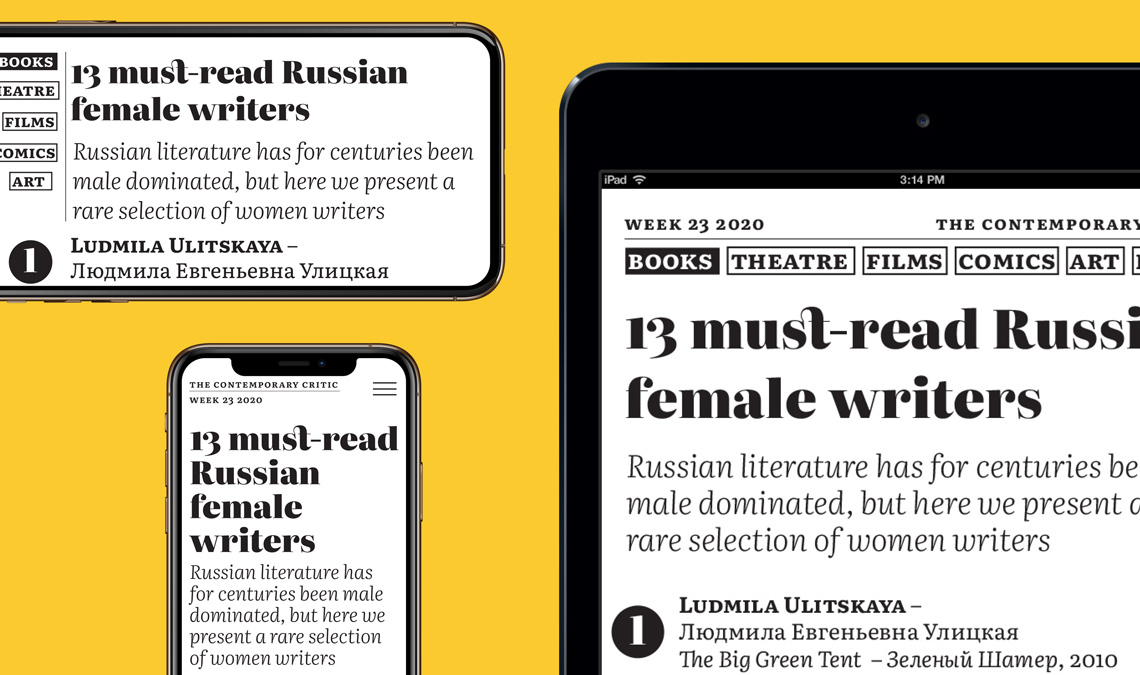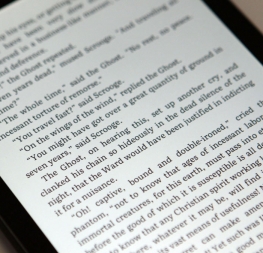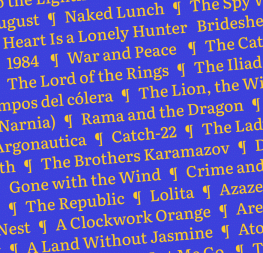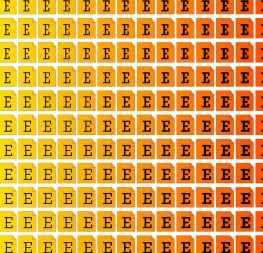Literata 3.0: a full digital publishing toolbox
September 2020
The idea that fonts are changeless, static artifacts is still widely believed in the graphic design community. But it is a misconception, likely a legacy from the old movable type days. When fonts became digital files they acquired a level of flexibility that is a powerful tool when used correctly. Type designers can quickly create customized versions of their typefaces to meet any requirement from designers and developers. And more importantly, foundries can continue to improve, fix, add language support, or even change design features to existing font families. In other words, font software gets updated just as any other piece of software.

